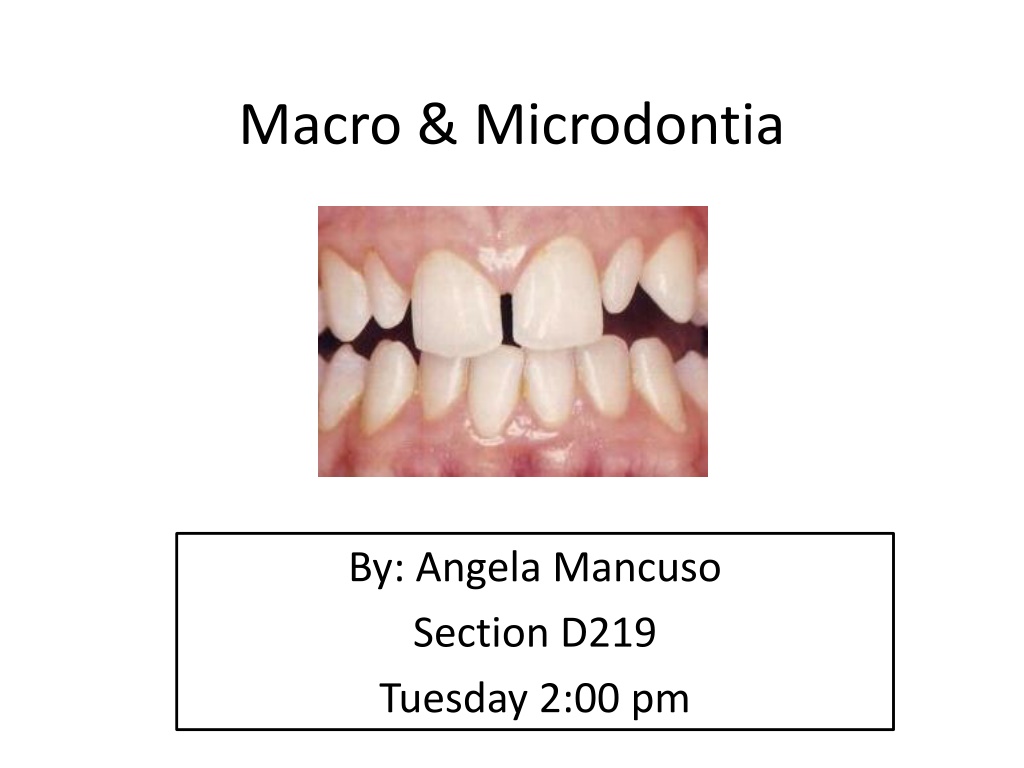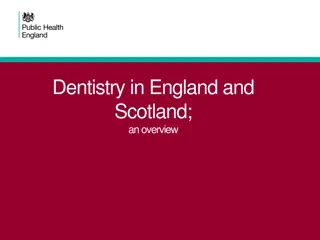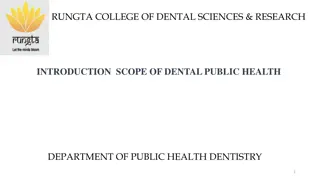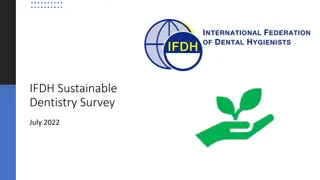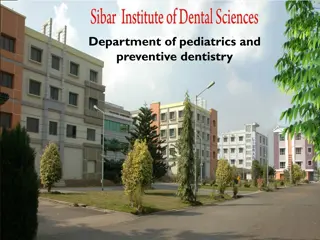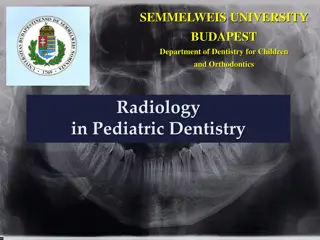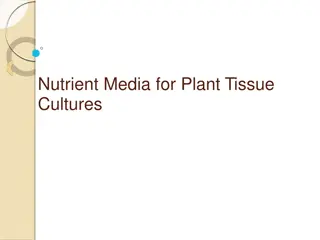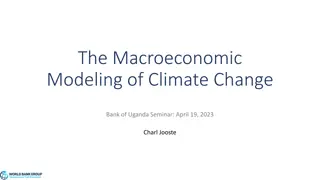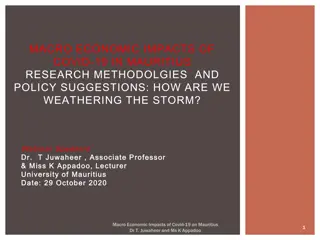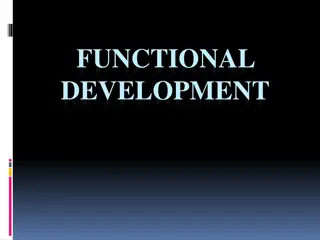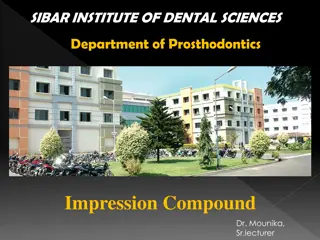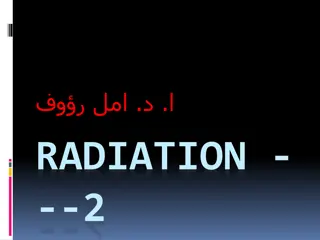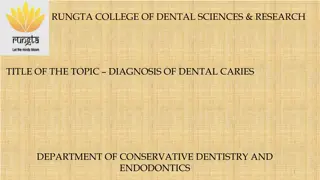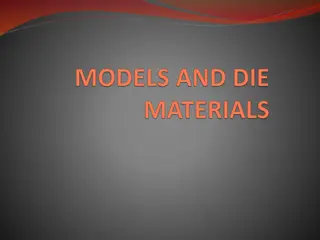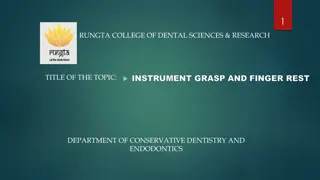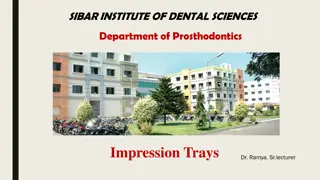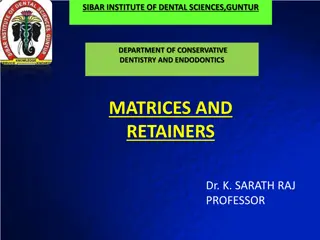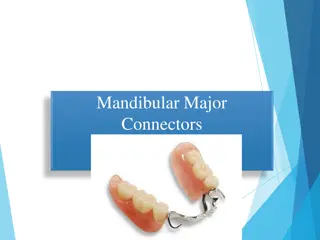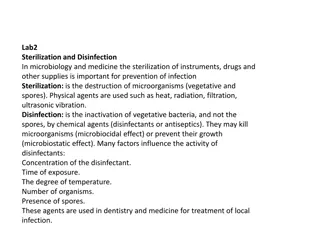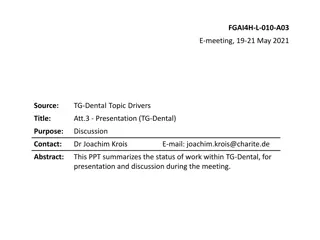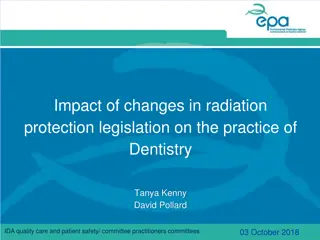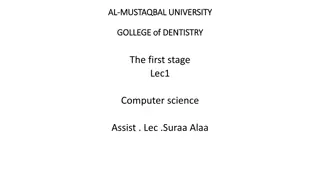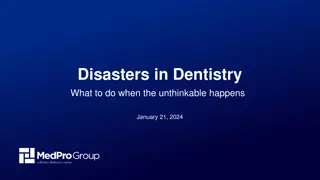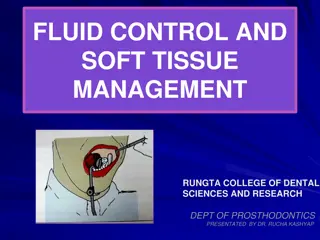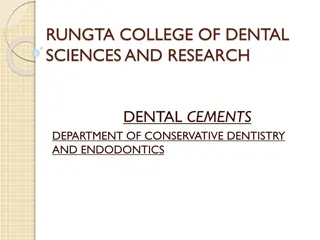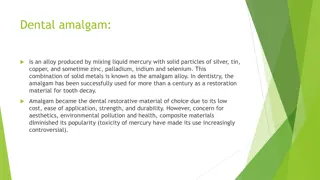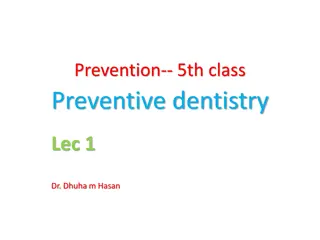Understanding Macro and Microdontia in Dentistry
Macro and microdontia refer to abnormally large and small teeth, respectively. They can be associated with hormonal imbalances like hypopituitarism and hyperpituitarism. In some cases, certain population groups may have naturally larger teeth due to heredity. Dental hygienists play a key role in identifying and treating these conditions through various dental procedures. Additional resources are available for further study in dental embryology and anatomy.
Download Presentation

Please find below an Image/Link to download the presentation.
The content on the website is provided AS IS for your information and personal use only. It may not be sold, licensed, or shared on other websites without obtaining consent from the author. Download presentation by click this link. If you encounter any issues during the download, it is possible that the publisher has removed the file from their server.
E N D
Presentation Transcript
Macro & Microdontia By: Angela Mancuso Section D219 Tuesday 2:00 pm
What Is Macro & Microdontia? Macrodontia abnormally large teeth Microdontia abnormally small teeth Example:Maxillary third molar, and maxillary lateral incisors A peg lateral Macrodontia
How Does This Occur? Microdontia is associated with hypopituitarism or Down syndrome Hypopituitarism is diminished hormone secretion by the pituitary gland, causing dwarfism in children and premature aging in adults Macrodontia is associated with childhood hyperpituitarism Hyperpituitarism is excessive production of growth hormones by the pituitary gland
Other Reasons Some population groups have larger teeth overall than other groups One of these groups are the Inuit people of arctic regions of North America Heredity can be a factor in microdontia. A child may inherit large jaw from one parent and normal size teeth from another resulting in the illsuion of small teeth.
Role of the Dental Hygienist Macrodontia and microdontia can be seen when doing an intraoral examination Sometimes extractions are necessary, orthodontics, and enamelplasty for macrodontia which is shaving off portions of the tooth. Suggest a proper toothbrush technique
Resources Dental embryology, histology and anatomy - Fehrenbachand Popowics 4th edition http://www.merriam- webster.com/dictionary/hyperpituitarism http://www.intelligentdental.com/2011/12/09 /abnormalities-in-size-of-tooth-teeth/
